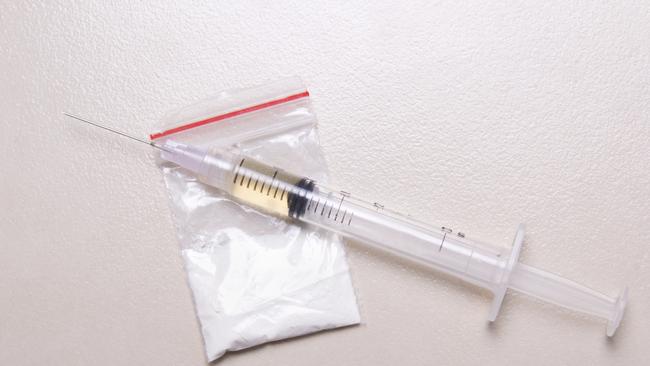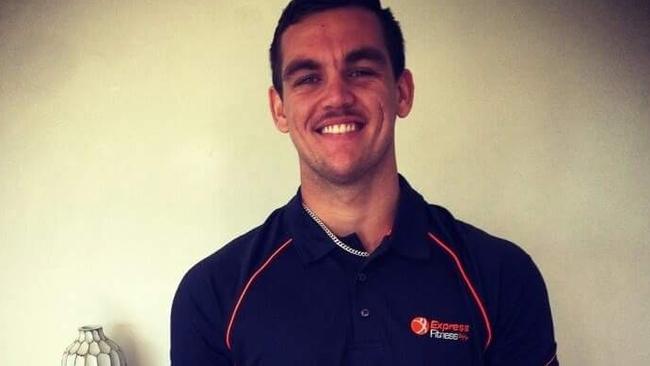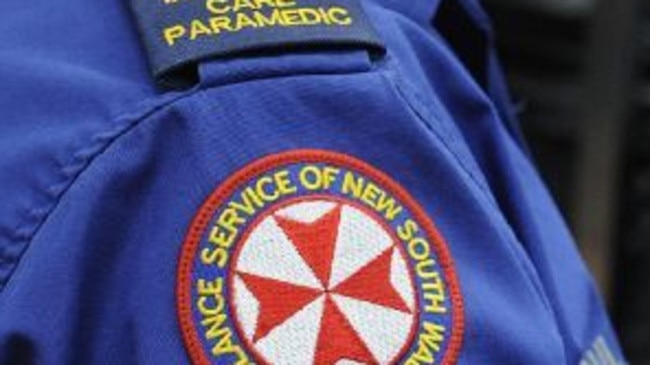Fentanyl: The terrifying synthetic drug killing users in record numbers overseas
A SYNTHETIC drug, said to be 50 times more potent than heroin, is responsible for an increasing number of fatalities across the world.
IN AUSTRALIA, we hear a lot about the ice epidemic.
Australians consume the highly addictive drug more than any other country, with use tripling in the past five years, and regular and dependent methamphetamine users exceeding 260,000.
But cross over to Canada and you’ll find an epidemic for a drug that may well be even more fatal.
It’s called Fentanyl. The synthetic drug, said to be “50 times stronger than heroin and 100 times stronger than morphine”, is responsible for a record-breaking number of fatal overdoses across Canada.
It was also the drug blamed for killing music legend Prince earlier this year.
Fentanyl is so potent it’s been nicknamed “Drop Dead”, because the tiniest drop of the pure substance can be fatal.
It’s technically an opioid medication — hence the comparison to morphine and heroin — and is used as part of anesthesia to prevent pain after surgery or other medical procedures, and is given by a healthcare professional in a medical setting.
And for painkiller addicts across the world, it’s seeing some serious consequences unfold.
WHERE DOES Fentanyl COME FROM?
Fentanyl is a pharmaceutical drug that was initially used for operative procedures and severe pain in the 1960s.
But the street version of the drug is different; it’s typically manufactured in labs in China and smuggled overseas. It’s cheaper than heroin because it’s not reliant on poppy harvest yields, and can be mass produced, which provides an advantage for drug manufacturers.

The drug will then be illegally exported overseas, where cartel-linked drug operations will dilute it with everything from heroin to baby powder before distributing it.
Fentanyl serves as a response to the growing demand for prescription-painkillers, as well as the use of street drugs.
Distributors sell the drug online, with delivery guaranteed, and may hide it in a decoy package — typically gift-wrapped or labelled as a household detergent with a certificate of analysis.
Because it’s so potent, it’s easier to smuggle than other drugs. Theoretically, the volumes mean you could transport it via car rather than truck or boat.
Its potency also explains why it’s so dangerous — there’s a microscopic difference between the amount that produces a ‘high’, and a fatal dosage.
WHAT’S GOING ON IN CANADA?
According to a recent United Nations report, no country in the world consumes more prescription opioids on a per-capita basis than Canada.
A report by the Canadian government found the proportion of illicit drug overdose deaths for which Fentanyl was detected increased to 60 per cent this year.
In 2012, that number stood at just five per cent. The increase was sharpest between last year and this year.
Right now, it’s festival season over in Canada — which makes this more worrying than ever.
The opioid is known to show up in common recreational party drugs like MDMA (ecstasy) and cocaine.
But the highly potent drug doesn’t actually register in standard drug-testing kits, and because it’s so concentrated, only a miniscule bit of it might appear in a pill or bag — but that drop will have the same effect as shooting up heroin — and could be enough to kill you.

According to the Globe and Mail, Canadian border guards are not allowed to open packages weighing less than 30 grams without the recipient’s consent. This makes transportation a lot less complicated.
Just last week, British Columbia’s premier Christy Clark put out an urgent plea to the Canadian federal government.
She said she wants Ottawa to restrict access to devices involved with the production of drugs — like pill presses and tableting machines — and to implement stronger penalties for those involved in importing and trafficking Fentanyl.
Similarly, Canadian Health Minister Terry Lake declared it a public health emergency, comparing it to fatal disease outbreaks.
“If this were SARS or Ebola, Health Canada and border security and immigration would all be focused on this as a health issue that is essentially like a pandemic,” Lake said. “I think when we put our minds to it we can do these things even though they appear to be difficult.
“Drug overdoses are absolutely senseless deaths. Every one of them is a preventable tragedy that families feel in the worst possible way.
“Some have lost their lives to a tainted pill at a party. They didn’t know what they were taking. Others were taken by that needless burden of addiction that they can’t kick. We need to support all of them.”
Fentanyl ABUSE IN AUSTRALIA
Australia is no stranger to Fentanyl. In fact, in a study released earlier this year. the National Drug and Alcohol Research Centre cited the drug as one of the prescription painkillers responsible for 70 per cent of accidental opioid deaths.
The remaining 30 per cent were attributed to heroin.
Last year, personal trainer Michael Clayton applied a Fentanyl patch before going to bed on March 27. The 21-year-old just wanted some relief from sore muscles after days of training at the gym.
He never woke up.

Two years ago, there was a huge scandal in the Victorian ambulance service after Fentanyl was found to be disappearing from parademics’ kits.
In November last year, sources told News Corp it was strongly suspected that Annika Beer, a 26-year-old paramedic from Mentone, took the highly potent drug to use on a weekend night off.
She was found dead shortly after.
In 2013, a 49-year-old paramedic from Balwyn, Victoria, was found dead by her colleagues at the Doncaster amulance station after using the drug.
Shortly after, Ambulance Victoria emergency operations general manager Mick Stephenson confirmed a new system would be put in place.
“From today, we are introducing a new system for delivering intranasal Fentanyl which is easier for paramedics to use and better for patients,” Mr Stephenson said.

Drug expert Amanda Roxburgh told news.com.au Fentanyl is “a powerful analgesic more potent than morphine”.
“It’s for cancer pain but in 2006 it became available for prescription to patients with chronic non-cancer pain.
“If somebody is opiate naive then the drug is going to be a lot more potent. It also depends on the dosage.”
Ms Roxburgh published a paper in 2013 about Fentanyl-related mortality in Australia. In it, she concluded “Fentanyl-related mortality started to increase the same time as prescribing rates, with the number of deaths increasing from four in 2007 to 14 in 2008”.
She said the fact that Fentanyl deaths are occurring among younger Australians “is of concern” and warned people away from using Fentanyl as a “first port of call” for pain relief.
“It does have quite serious consequences and clearly in this case it was tragic for everybody involved.”



